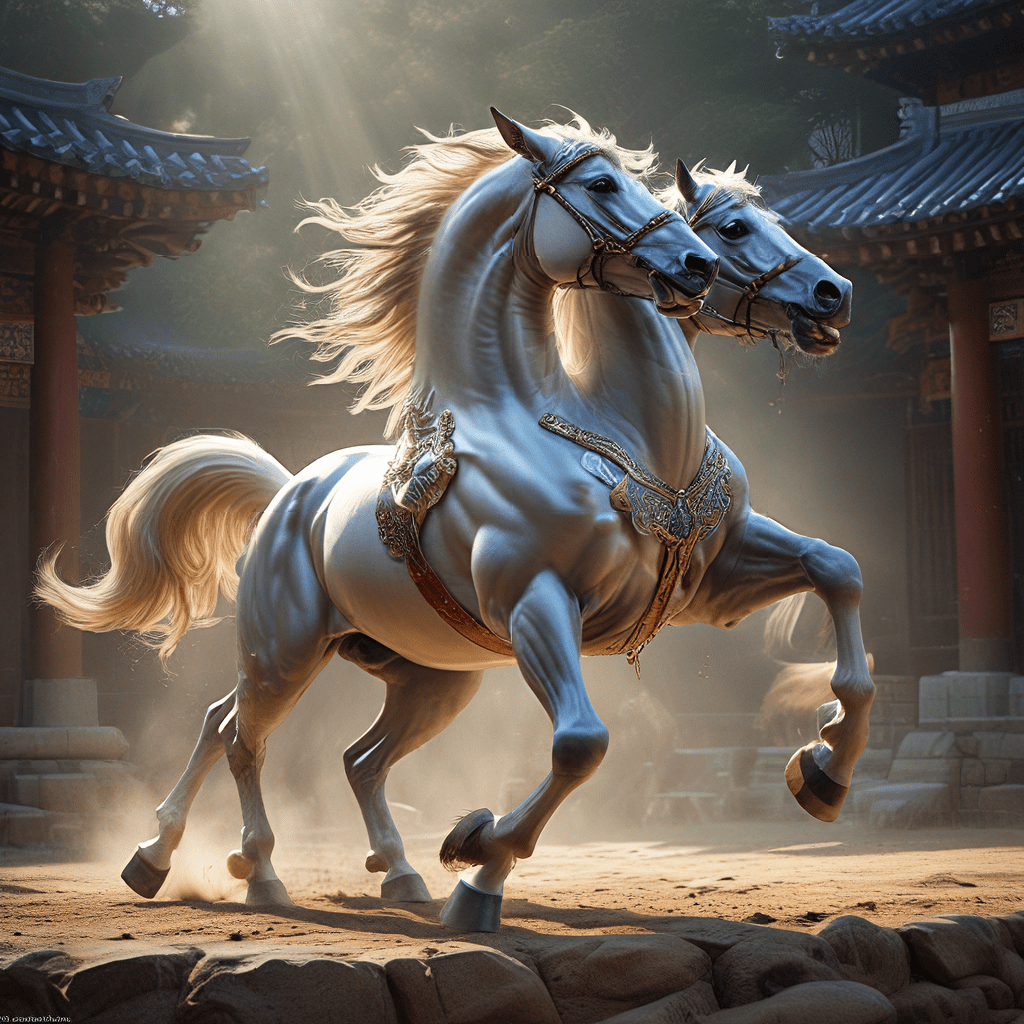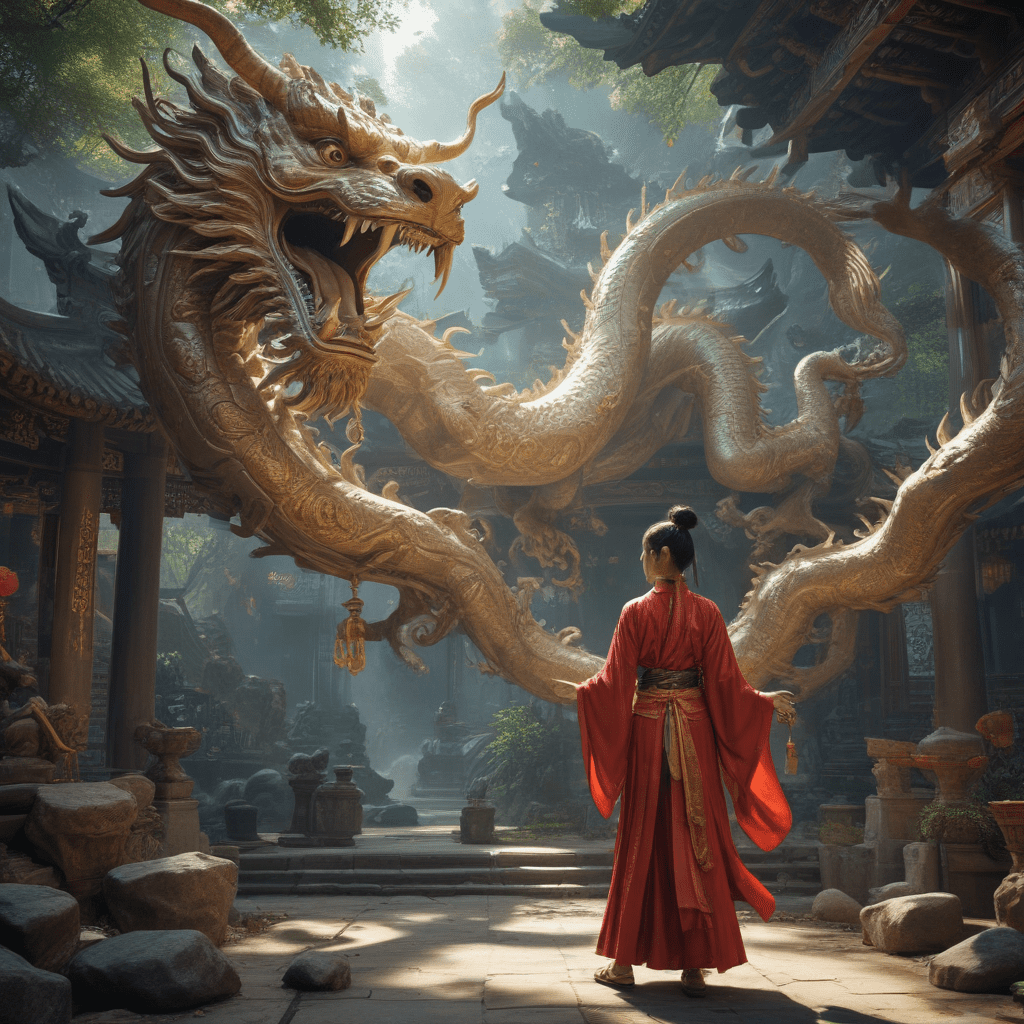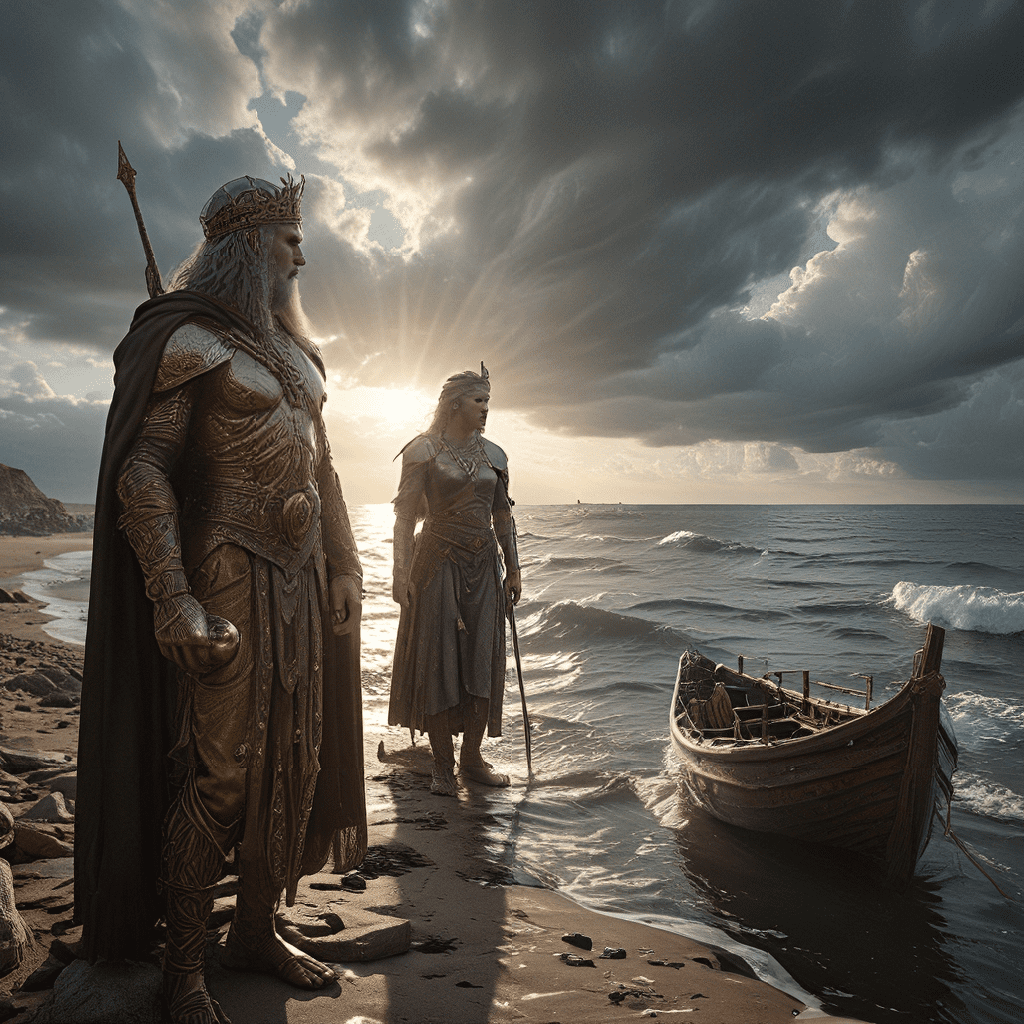The Divine Horse in Korean Mythology: A Journey Through Legend and Symbolism
In the rich tapestry of Korean mythology, the divine horse stands as a powerful symbol, weaving its way through ancient tales and enduring traditions. This mythical creature, often depicted as a magnificent white steed, carries profound meaning, embodying power, nobility, and spiritual connection. Its presence in Korean folklore transcends mere animalistic representation; it embodies a complex web of symbolism that reflects the cultural values and beliefs of the Korean people.
The Significance of Horses in Korean Culture
Horses have long held a prominent place in Korean culture, deeply intertwined with its history, art, and daily life. These animals, prized for their strength, speed, and elegance, served as crucial transportation, aiding in warfare, agriculture, and trade. Their importance is reflected in the numerous proverbs, folktales, and artistic representations that feature horses. The horse's symbolism extends beyond its practical uses, representing freedom, ambition, and the boundless possibilities of the human spirit.
The Myth of the White Horse and the Founding of Silla
One of the most prominent legends associated with the divine horse in Korean mythology is the tale of the founding of the Silla kingdom, one of the three kingdoms that ruled Korea during the Three Kingdoms period (57 BC–668 AD). According to the legend, the kingdom's founder, Park Hyeokgeose, was born from a divine white horse. The white horse, a symbol of purity and divine intervention, emerged from the sky, carrying a golden egg from which Hyeokgeose was born. This legend emphasizes the connection between the Silla royal lineage and the divine, solidifying their claim to legitimacy and authority.
The Role of the Divine Horse in Shamanism
The divine horse is deeply intertwined with Korean shamanism, a complex system of beliefs and practices that emphasizes the connection between the spiritual and physical realms. Shamanic rituals often involve offerings to horse deities, seeking blessings for good fortune, protection, and successful harvests. The horse, as a spiritual guide, is believed to facilitate communication with the spirit world, guiding souls on their journey to the afterlife.
The Horse as a Symbol of Power and Nobility
Throughout Korean history, the horse has been associated with power and nobility. The Silla kingdom, known for its equestrian prowess, incorporated horses into its national emblem and flag, representing their strength and dominance. Even today, the image of the horse continues to symbolize power and leadership in Korean society, reflecting the enduring legacy of its mythological significance.
The Divine Horse in Korean Art and Literature
The divine horse's influence extends far beyond myth and folklore. It permeates Korean art and literature, taking on various forms and interpretations. In traditional Korean paintings, the horse is often depicted in dynamic poses, showcasing its grace and strength. These paintings, often created for royal courts or temples, reflect the horse's revered status as a symbol of power and nobility.
Even in contemporary art, the divine horse continues to inspire creative expression. Contemporary Korean artists have reinterpreted the mythical horse, incorporating it into their works in diverse and innovative ways, reflecting the ever-evolving cultural landscape.
The divine horse also features prominently in Korean literature, appearing in poems, plays, and novels. These works often explore the horse's symbolic significance, using it to represent themes of freedom, ambition, and spiritual transcendence. From ancient epics to modern prose, the divine horse continues to captivate Korean writers and readers, proving its enduring relevance in the cultural imagination.
The Horse as a Guide to the Otherworld
In the world of Korean mythology, the horse often serves as a guide to the otherworld, a realm beyond the realm of the living. In shamanic practices, the horse is believed to carry the souls of the deceased to the afterlife, ensuring their safe passage and spiritual well-being. This belief, deeply rooted in Korean tradition, highlights the horse's profound connection to the spiritual realm and its role as a guide between worlds.
The horse's association with the otherworld also finds expression in numerous Korean folktales. These stories often feature horses that transport heroes and heroines to magical realms or help them overcome obstacles on their journeys. In these tales, the horse represents the potential for transformation and the ability to access hidden dimensions of reality.
Theories on the Origins of the Divine Horse Myth
The origins of the divine horse myth in Korean tradition remain a subject of debate among scholars. Some theories suggest that the myth is rooted in the ancient history of horse domestication in Korea. Archaeological evidence suggests that horses were domesticated in the Korean Peninsula as early as the Bronze Age, leading to their crucial role in agriculture, transportation, and warfare.
Another theory proposes that the divine horse myth may have originated from shamanic beliefs and practices. The reverence for horses in shamanism, their role as spiritual guides, and the belief in their ability to facilitate communication with the spirit world may have contributed to the development of the myth.
The Influence of Chinese Mythology on Korean Horselore
The influence of Chinese mythology on Korean horselore is undeniable. Chinese mythology, rich with tales of celestial horses and divine steeds, played a significant role in shaping Korean folklore. For instance, the legend of the winged horse, a mythical creature with the power to soar through the skies, is present in both Chinese and Korean mythology, reflecting a shared cultural heritage.
However, it is important to distinguish between borrowed elements and unique Korean interpretations of those elements. While Korean horselore draws inspiration from Chinese mythology, it also incorporates distinctive features and beliefs, reflecting the specific cultural context of Korea.
The Evolution and Transformation of the Divine Horse Myth
Over time, the divine horse myth has evolved and transformed, reflecting the changing cultural landscape of Korea. While the horse's symbolic significance as a creature of power, nobility, and spiritual connection has remained consistent, its specific interpretations have varied depending on the historical period and cultural context.
In more recent times, the divine horse myth has been reinterpreted by contemporary Korean artists and writers, contributing to its continued relevance in modern Korean culture. These re-imaginings reflect the ongoing dialogue between tradition and modernity, demonstrating the enduring power of the divine horse myth to inspire and captivate the Korean imagination.
FAQ
Q: What is the most famous myth about the divine horse in Korea?
A: The most famous myth is the one that tells how the founder of the Silla kingdom, Park Hyeokgeose, was born from a golden egg carried by a white horse.
Q: What is the role of the divine horse in Korean shamanism?
A: In shamanism, the horse is believed to be a spiritual guide, facilitating communication with the spirit world and guiding souls to the afterlife.
Q: How has the divine horse been represented in Korean art?
A: The divine horse is often depicted in traditional Korean paintings, showcasing its strength and grace, and it is also a common theme in modern art, reflecting diverse interpretations.
Q: What theories exist about the origins of the divine horse myth?
A: Theories suggest origins in horse domestication, shamanic beliefs, and the influence of Chinese mythology.
Q: What is the significance of the divine horse in Korean culture?
A: The horse symbolizes power, nobility, freedom, ambition, and spiritual connection. It is a powerful symbol that has endured throughout Korean history and continues to inspire and captivate the Korean imagination today.



